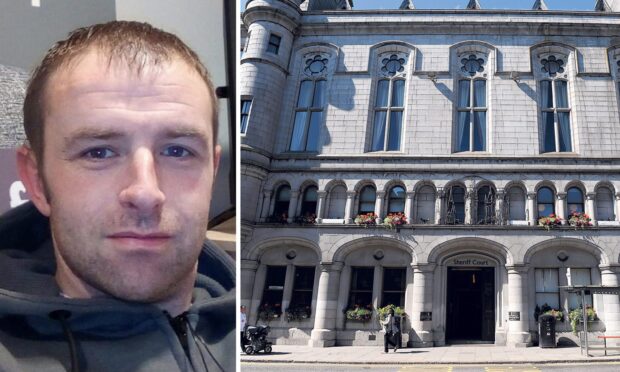Until recently, Guyana was listed among the poorest countries in the Western Hemisphere and – though boasting a landmass larger than Scotland and England combined – home to a low-wage population of just 750,000 people.
Things started to change, however, when massive oil reserves were found off the country’s coast by ExxonMobil in 2015.
The South American nation is now looking at recoverable oil reserves of five billion barrels and that number is still growing, with fresh discoveries being steadily made.
And while it is widely untrained in oil and gas disciplines, Guyana is forging a link with Aberdeen to solve that problem.
The Granite City will be twinned with Guyana’s capital of Georgetown at a ceremony on March 15, attended by Lord Provost Barney Crockett, the Guyanese ambassador to the UK, Frederick Hamley Case, and Georgetown’s mayor.
Mr Hamley Case visited Aberdeen yesterday in preparation of next month’s event, brokered by Abis Energy. He said: “I’m very excited. I will be there. I think the President and the Governor are also looking forward to it because the first oil will start coming on stream next year – with a bit of luck it will be later this year.
“There’s a rush to prepare Guyanese people to have an active and meaningful participation in the industry.
“We have Guyanese people trained in all sorts of disciplines but none in oil and gas for the simple reason that, until recently, we did not think we had that resource.
Diamond Meltdown: Click here for your chance to win a ring worth £1000
“There’s a lot of potential, though it still is a poor country at this moment in time.”
Mr Hamley Case added: “We’re currently looking at a GDP of 3.5 billion and Aberdeen itself has a GDP of 65 billion, so you can see the scale.
“Once we get things rolling and manage it properly, everyone in Guyana – man, woman and child – can have a decent living and aspire to whatever they want to aspire to. We will have the means to do that.
“It’s a game-changer in a big way.”
There will be a reciprocal event held at the Guyana High Commission in London on March 28.
A trade mission was held in Aberdeen at the end of last year, with dozens of companies now beginning to forge links with Aberdeen counterparts.
Work is also ongoing between Aberdeen University, Edinburgh’s Heriot-Watt University and the University of Guyana to establish an oil and gas faculty in the country.
As well as its expertise, Aberdeen has the advantage of having the same language and similar customs as Guyana, which is part of the commonwealth, unlike other oil-rich nations like Norway.
And Mr Case said there were strong links already in place between Guyana and Scotland. “Our culture is more similar to Britain and Scotland than it is to Norway or other Scandinavian countries,” he said.
“A lot of Guyanese people have Scottish names. We have lots of Macphersons, McAllister’s, thousands of Frasers.
“My best friend at secondary school in Guyana, who looks like me in terms of complexion and ethnicity, was Lawrence Macgregor Stewart. You can’t get more Scottish than that!”









